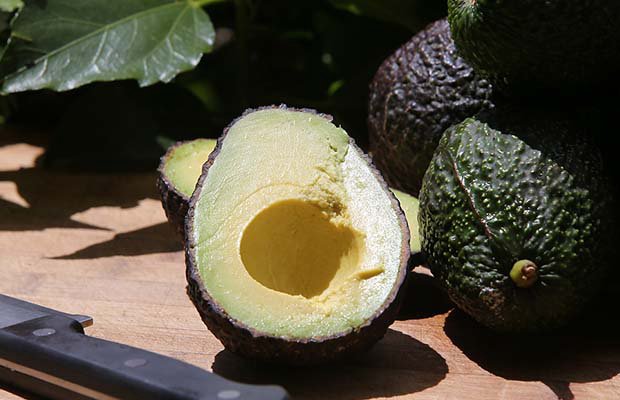With production set to climb over the next five years, New Zealand’s avocado industry needs to develop new export markets to ensure sustainable growth opportunities for the country’s producers.
Diversifying export markets will be critical for the avocado industry, according to the report Australian & New Zealand Avocado Outlook 2022 produced by Rabobank.
The report says NZ’s avocado production is forecast to grow by an average 6% annually for the next five years, reaching 57,000 tonnes by 2026 — up from 44,000t in 2021.
Rabobank associate analyst and report author Pia Piggott says the majority of this production growth will come from the Northland and Bay of Plenty regions.
“And while the general production trend will be in an upwards direction, we also anticipate this growth will be highly variable on an annual basis due to ‘alternate bearing’, which results in irregular crop loads from one season to the next,” writes Piggott.
NZ is highly reliant on Australia, with that market accounting for 79% of total New Zealand avocado exports over the past five years.
NZ is well placed to supply the Australian market, but that country’s own supply has ramped up considerably of late, particularly in Western Australia – leading to a national oversupply.
“It’s essential that the New Zealand industry continues to grow its sales into other export markets that can pick up the slack when Australian import demand is lower,” Piggott said.
The industry made significant progress growing sales to other markets in 2021, despite exports by volume being back by 11%.

This was partly due to the oversupply issues in Australia and the resulting drop in sales into that market, she says.
“While exports to Australia fell, strong growth was recorded in other export markets with avocado sales to the rest of the world (excluding Australia) up by 154%.
“This included improved export sales into Singapore, Hong Kong and South Korea – with NZ exports making up 9%, 4% and 12% of total imports into those markets respectively – as well as strong export growth in markets like China, Thailand, Taiwan and India.”
This is promising, but further market diversification will be required by the NZ avocado industry in the years ahead.
“While New Zealand was less reliant on Australia in 2021, Australia still accounted for two-thirds of New Zealand avocado exports by volume,” she said.
“And with Australian avocado production forecast to grow rapidly over the coming years, it’s essential that the New Zealand industry continues to add new overseas markets and to expand the share of its avocado exports that are heading to other countries around the world.”
Further export expansion into the Asian market presents the best opportunity for New Zealand as growth of the Asian middle class is expected to continue increasing consumer demand for avocados. Many importing countries in Asia have very low supply of avocado per capita, with imported supply per capita significantly below 1kg per annum for most markets, Piggott says.
“Over the last 10 years, Japan has consistently imported the greatest volume of avocados of any Asian country, and during this period we’ve also seen strong import growth for avocados in countries like China, Hong Kong and South Korea,” she says.
Increased Asian demand is creating a strong platform for export growth, but Piggott warned that local producers should be prepared for a continuation of volatile industry conditions.
“This past year has seen significant disruptions for both producers and consumers, and export markets remain volatile from lockdowns, supply chain challenges and geopolitical events.
“While the global reputation for quality avocado produce still remains high, current production and high growth prospects are affecting the profitability of the industry around the world. The risk in volatile revenue is increasing, and so producers need agile businesses with good equity buffers to ride through the changing supply and consumption dynamics.”










